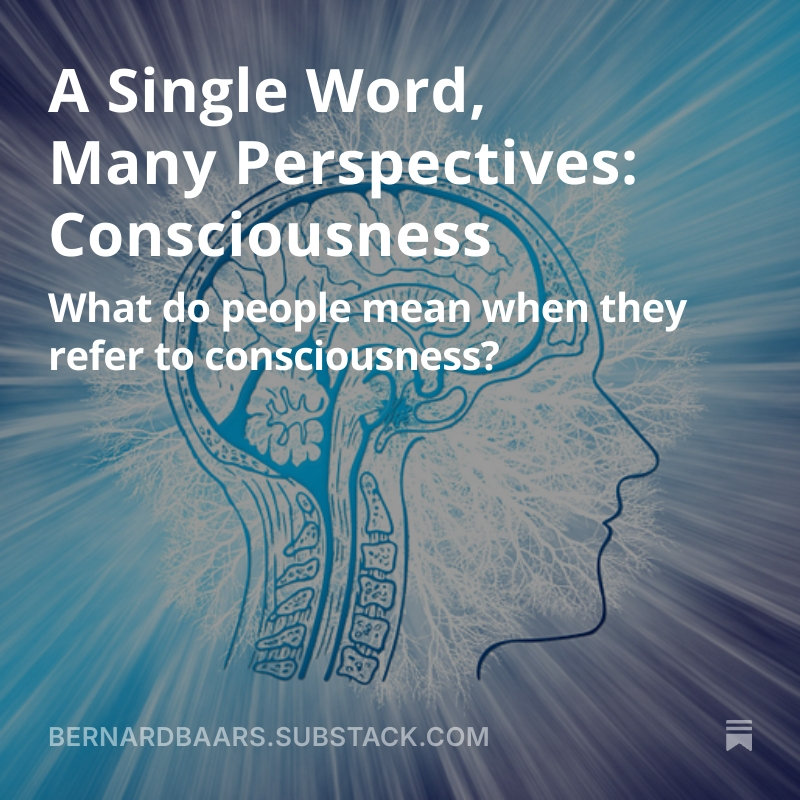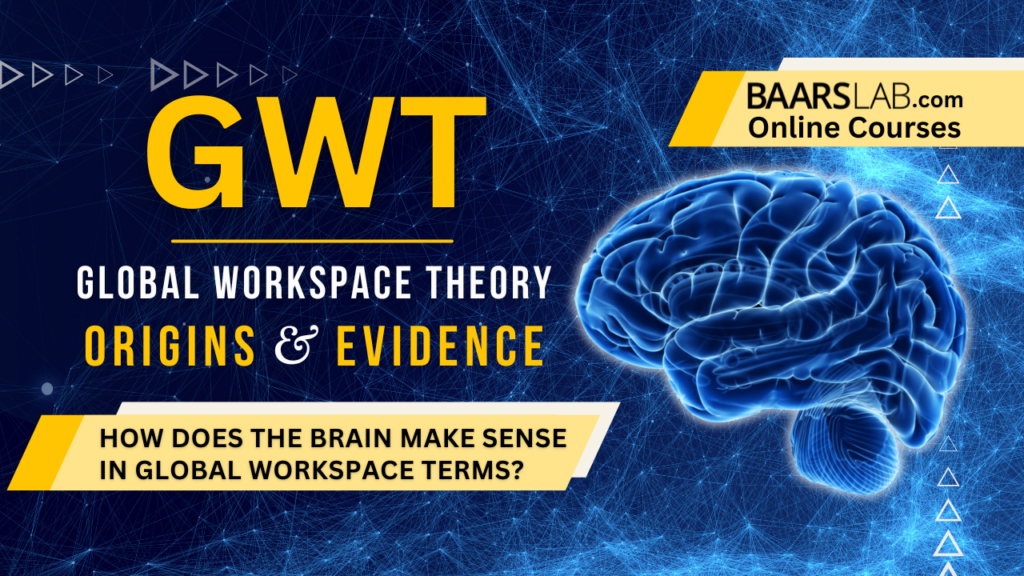The Function of Phenomenal States: Supramodular Interaction Theory.
Discovering the function of phenomenal states remains a formidable scientific challenge. Research on consciously penetrable conflicts (e.g., “pain-for-gain” scenarios) and impenetrable conflicts (as in the pupillary reflex, ventriloquism, and the McGurk effect (H. McGurk & J. MacDonald, 1976() reveals that these states integrate diverse kinds of information to yield adaptive action. Supramodular interaction theory proposes […]
Discovering the function of phenomenal states remains a formidable scientific challenge. Research on consciously penetrable conflicts (e.g., “pain-for-gain” scenarios) and impenetrable conflicts (as in the pupillary reflex, ventriloquism, and the McGurk effect (H. McGurk & J. MacDonald, 1976() reveals that these states integrate diverse kinds of information to yield adaptive action. Supramodular interaction theory proposes that phenomenal states play an essential role in permitting interactions among supramodular response systems–agentic, independent, multimodal, information-processing structures defined by their concerns (e.g., instrumental action vs. certain bodily needs). Unlike unconscious processes (e.g., pupillary reflex), these processes may conflict with skeletal muscle plans, as described by the principle of parallel responses into skeletal muscle (PRISM). Without phenomenal states, these systems would be encapsulated and incapable of collectively influencing skeletomotor action. (PsycINFO Database Record (c) 2005 APA, all rights reserved)











